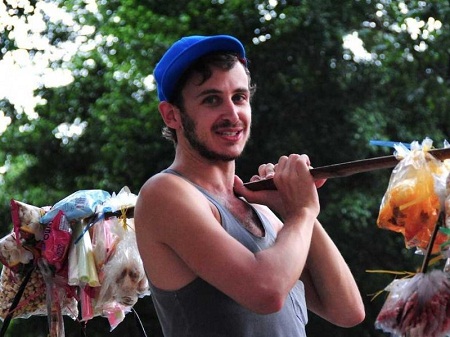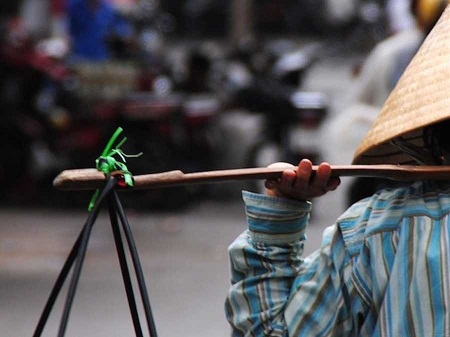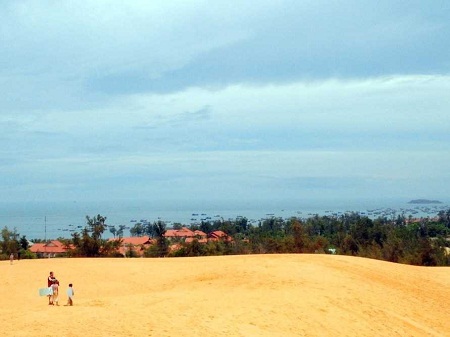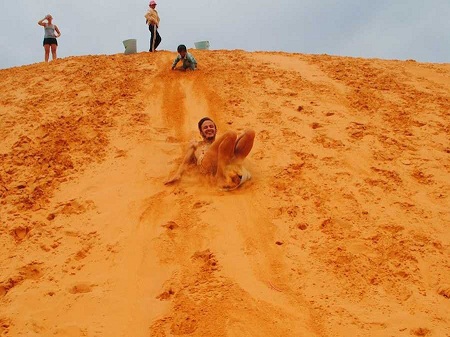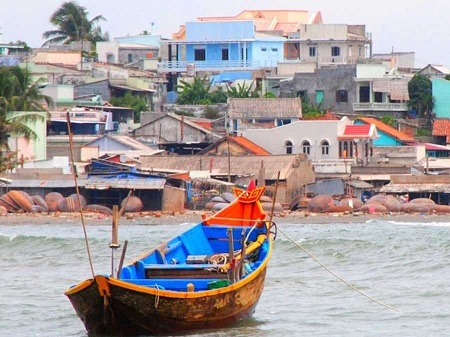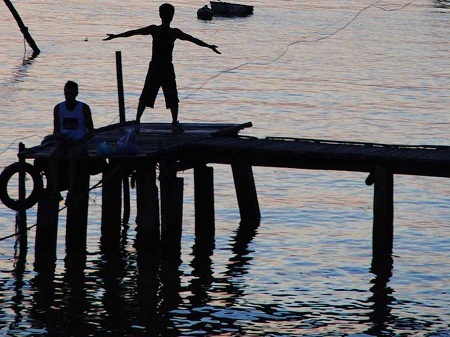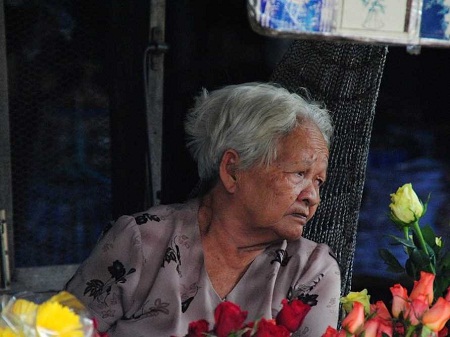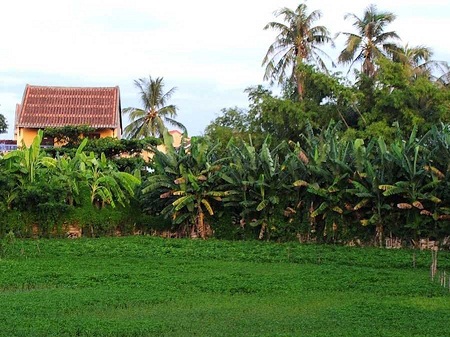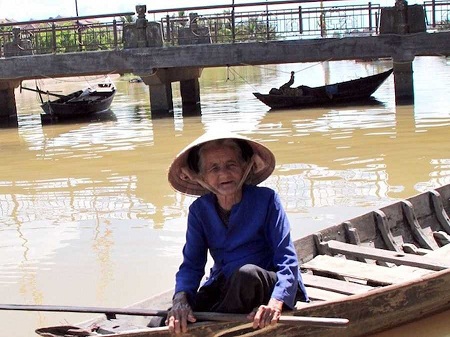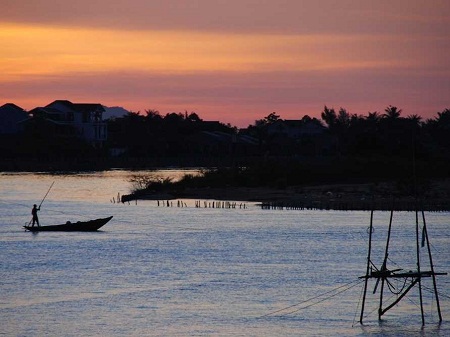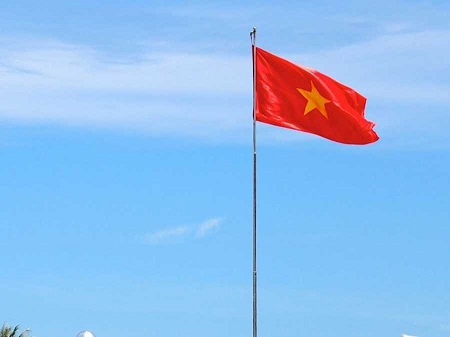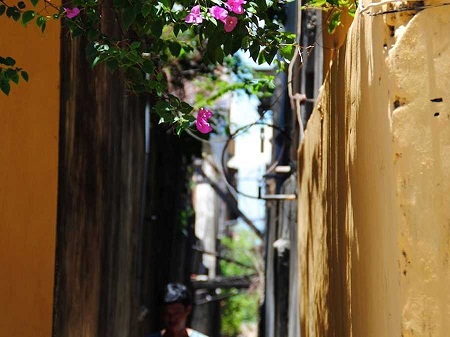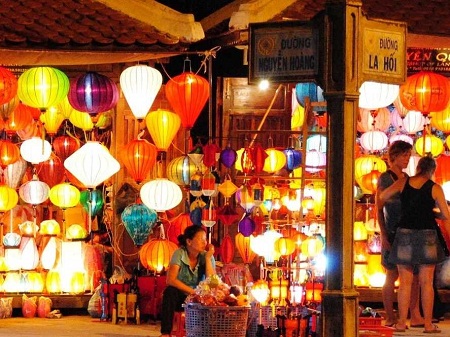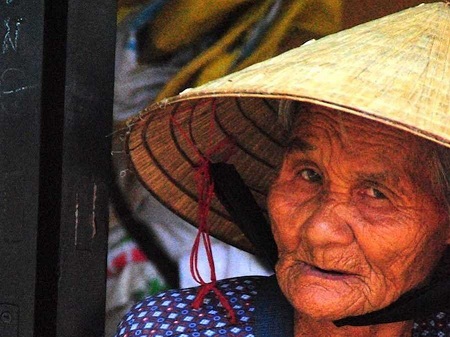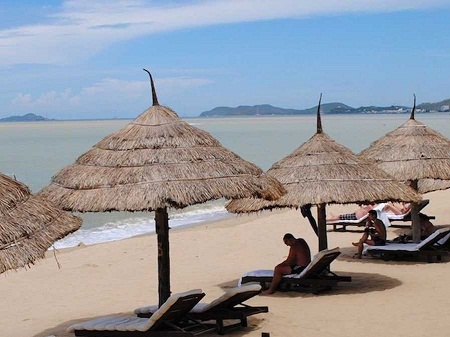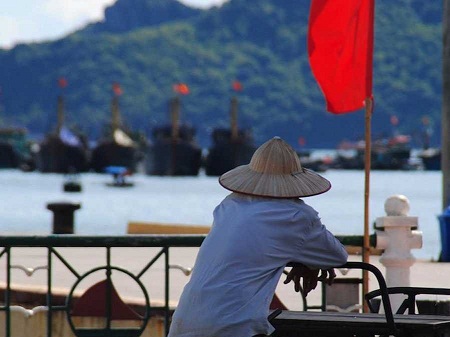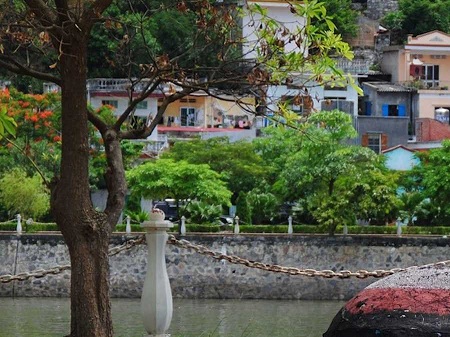The management board of My Son Relic has sounded alarms about serious cracks and sinkage at the cluster of ancient Hindu temples built during the 4th century in central Vietnam.

The B3 temple at Quang Nam Province's My Son Relics is among those suffering pronounced sinkage and cracks. Photo: Hua Xuyen Huynh
“Urgent action is needed to protect the B3 and B5 temples which are in very critical condition,” the agency’s deputy director Nguyen Cong Khiet said.
A recent inspection found other temples are also sinking and the agency is studying the situation to generate a conservation plan, he said.
Khiet said the two temple groups have suffered significant damage from rain and flooding, particularly due to underground water from the The stream.
His agency has been prohibited from building a dike because it is illegal to erect new structures on protected historical sites.
“This flood season, many tours have been cancelled because of the raging stream,” he said.
In 1992, Polish architect Kazimierz Kwiatkowski built a supporting wall in an effort to protect the B3 temple. However, Japanese experts in 2006 found underground water from the The stream had compromised its foundation.
The temple has tilted more than eight degrees to the South-West since.
The sinkage has created cracks of up to six meters long and 12 cm wide.
In September 2013, the Ministry of Construction’s Science and Technology Institute inspected the temple but failed to formulate an effective plan to prevent it from further degrading.
My Son is a cluster of partially-ruined Hindu temples built between the 4th and 13th centuries when central Vietnam was ruled by the Champa Kingdom--which was centered in present day Quang Nam Province's Duy Xuyen District.
Located on 142 hectares, it consists of eight groups of 71 standing monuments and an untold number of yet unearthed relics.
The My Son Temples were recognized by the UNESCO as a world heritage in 1999.
Source: Thanh Nien News
| < Prev |
|---|










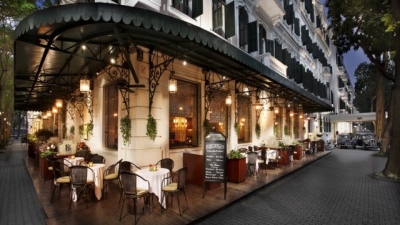

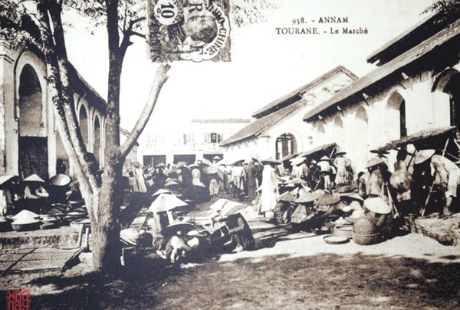
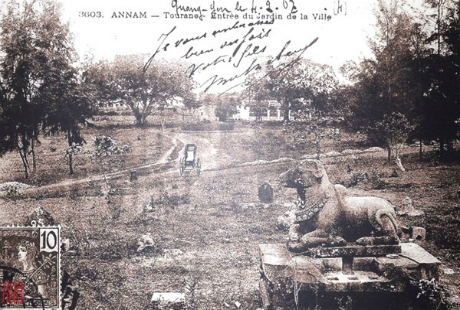
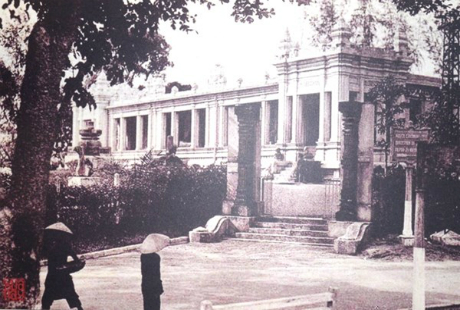

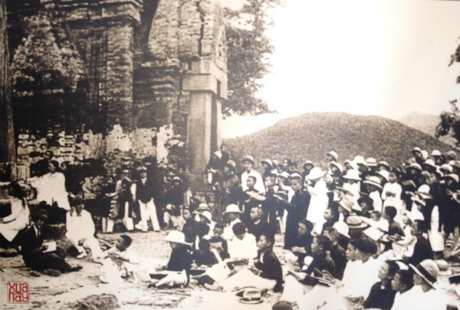
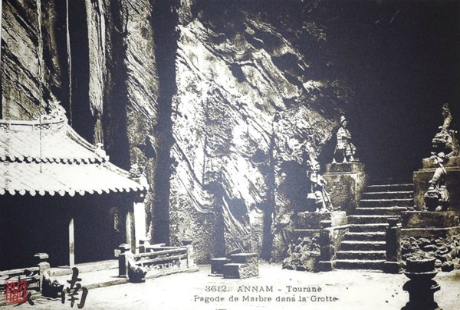
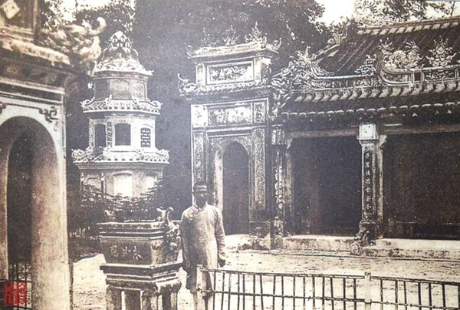
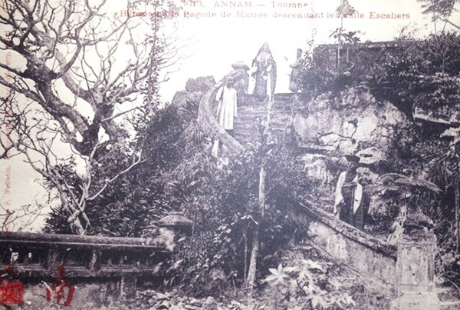
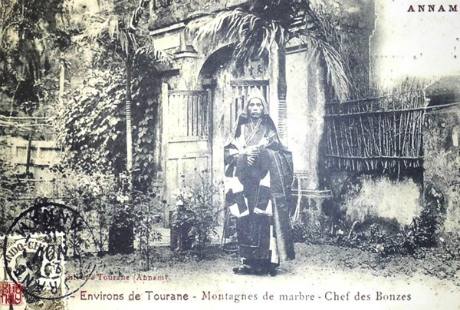
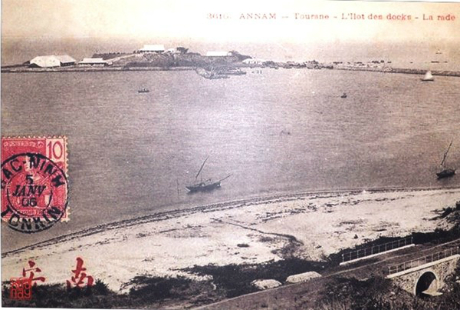
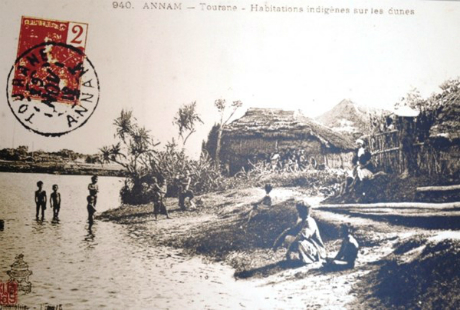
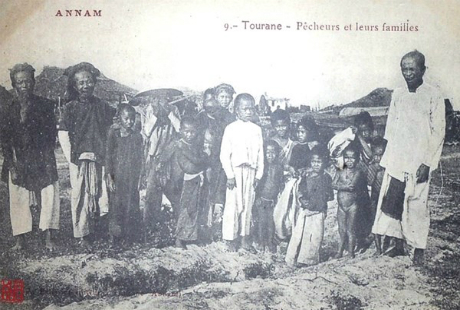
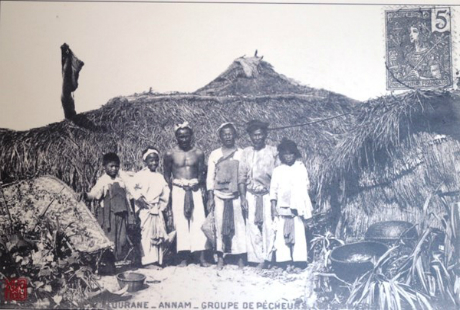

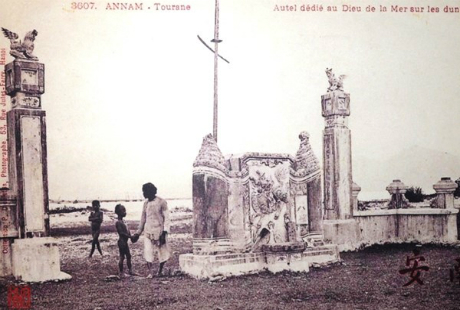
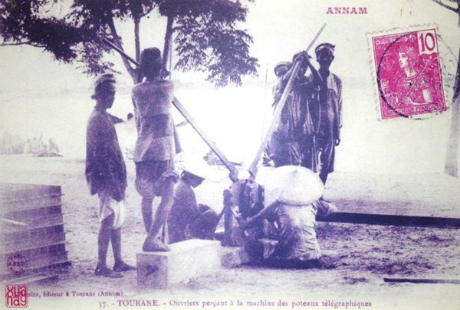


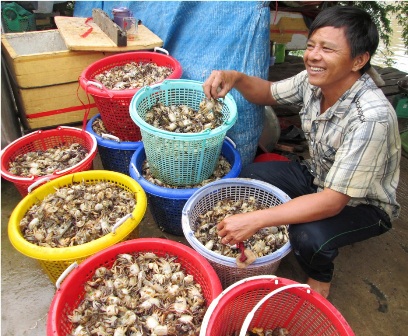







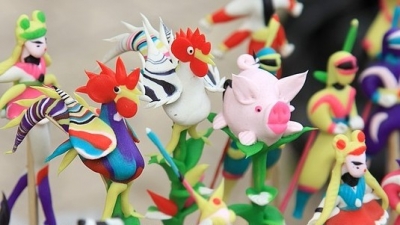
.jpg)
.jpg)


